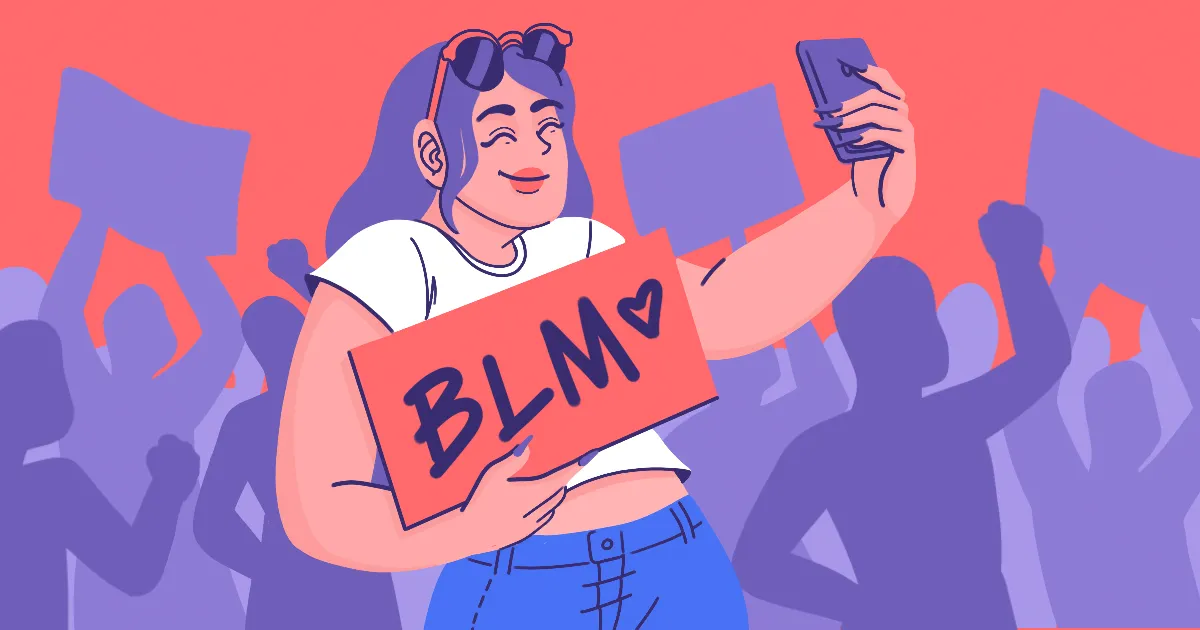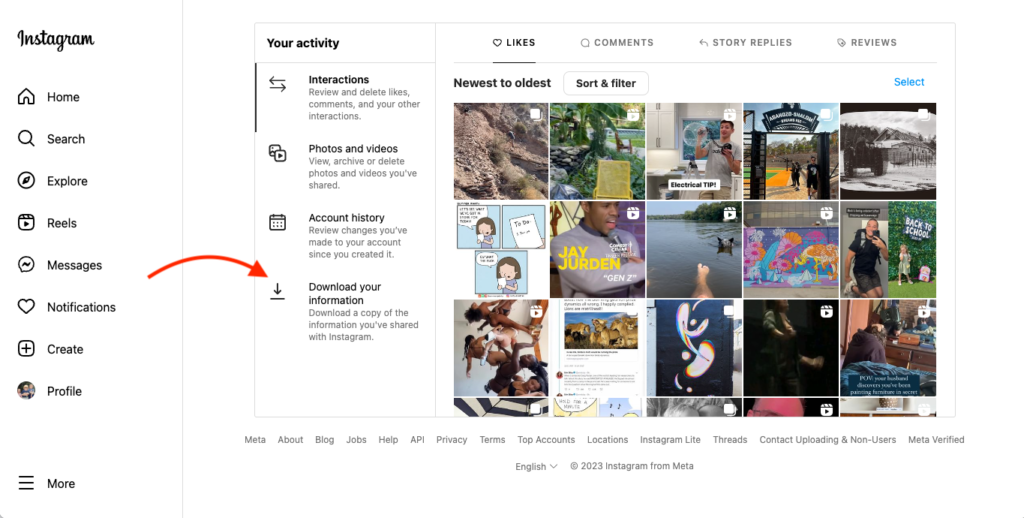Now Reading: The Rise of Performative Activism
-
01
The Rise of Performative Activism
The Rise of Performative Activism

Activism has always been about creating change, but in recent years, performative activism has gained visibility, especially on social media. In Tier 2 cities, where online platforms are rapidly connecting communities, many people engage in activism not to make a real difference but to appear socially conscious. Sharing hashtags, posting trending causes, or attending online campaigns often replaces genuine action.
One reason for this trend is social validation. Performing activism publicly earns likes, comments, and approval from peers, giving a sense of moral superiority without committing time or resources. The focus shifts from impact to perception.
Media amplification further encourages performative acts. Viral posts and trending campaigns highlight certain causes, making people feel compelled to participate visibly, even if their contribution is minimal. In smaller cities, this can create a culture where appearance matters more than substance.
Another factor is the ease of digital participation. Signing online petitions, sharing posts, or using awareness filters requires little effort, making it tempting to substitute real-world involvement with online gestures. While these actions raise awareness, they often fail to produce tangible change.
Performative activism can dilute genuine movements, eroding trust and shifting attention from urgent issues. Awareness and mindful participation are essential, encouraging people to move beyond symbolic gestures toward meaningful engagement that creates real impact.
Ultimately, the rise of performative activism reflects how social recognition can overshadow genuine intent. True change comes from consistent action, informed involvement, and prioritizing substance over appearances.

























